67 F. high on Saturday in the Twin Cities.
76 F. average high on June 7.
66 F. high on June 7, 2013.
.89" rain fell at MSP International Airport Saturday.
June 7 in Minnesota Weather History. Source: Twin Cities National Weather Service:
1972: 8 inches of rain falls in 7 hours at Madelia Township in Watonwan County.
1893:
Violent windstorm at Maple Plain from 1:30 to 2:15pm. A large frame
house was moved 8 feet from its foundation. Many barns and haysheds
blown over by the wind. One barn was blown across Dutch Lake.
Getting to Acceptance
Life isn't fair.
Neither is the weather.
We
struggle through the toughest winter in a generation, then slosh
through one of the wettest springs ever recorded with our eye on the
prize: 12 precious weekends of summer. When the weather doesn't go
exactly as planned a few take the puddles personally.
They lament the 7 Stages of Lost Weekend Fun: shock, denial, anger, bargaining, guilt and depression.
I think I just described Facebook.
Some
of us get to acceptance before others. As I tell my kids, who pretend
to be hard of hearing, the weather doesn't owe us any favors. We're just
along for the ride.
Saturday morning's ill-timed soaking gives
way to blue sky, popcorn cumulus clouds and 70s today, a taste of
September. An isolated shower may sprout Monday, again Thursday, but
much of this week looks dry with highs near 80F, close to average.
The
approach of hot, tropical air sets off heavy T-storms next Saturday,
followed by a drier, sunnier, northwest breeze one week from today.
When
in a drought don't predict rain, and the inverse is just as true.
NOAA's GFS model prints out 3.22 inches of rain the next 16 days. With
the jet stream howling overhead that isn't too hard to believe.
A Bit Squishy.
Why are lakes overflowing, lawns soggy and fields clogged with mud and
standing water? Rainfall amounts since April 1 are running 2 to 3 times
the normal values over the northern and western suburbs. Map: Minnesota
Climatology Working Group.
Central U.S. Soaking.
NOAA's GFS model shows a slow-moving storm dropping torrential rains
over the southern Plains and Lower Mississippi Valley. This swirl of
tropical moisture should pass just south and east of Minnesota Tuesday;
the next chance of widespread showers and T-storms on Thursday as a puff
of cooler air approaches. Loop: NOAA.
Serious Whiplash.
Is it possible to be in a severe drought while standing in knee-deep
water? Oklahomans may be wondering that in the coming days. The drought
is easing - slowly - and NOAA models continue to show excessive, 3-6"
amounts from southern Nebraska and central Illinois to Oklahoma City,
Little Rock and Memphis this week. 7-day rainfall outlook: NOAA.
Security Camera Captures Batesville, Arkansas Tornado Formation. I found this interesting, a developing tornado captured by security camera video; here's a link, courtesy of
Severe Studios: "
Multiple
security cameras capture the moment a tornado hits Batesville, AR on
Friday, June 6, 2014. Security camera footage from Josh Kemp as a
tornado hits his business, Ozark Information Services, Batesville,
Arkansas - on Friday 6/6/14 at 2:52pm."
Storm Surge Main Reason Evacuations Are Ordered During Hurricanes. Former NOAA NHC Director Max Mayfield pens an interesting article at
local10.com
in Miami; here's an excerpt: "...A scientific paper published in the
Bulletin of the American Meteorological Society by National Hurricane
Center Deputy Director Dr. Ed Rappaport, on "
Fatalities in the
United States from Atlantic Tropical Cyclones," clearly shows the cause
of deaths by various hazards over a 50-year period. 88 percent of storm
related fatalities occurred in water-related incidents. Storm surge was
responsible for about half of the fatalities (49 percent). Another 27
percent resulted from rainfall-induced freshwater floods, 6 percent from
rip currents and large waves, and 6 percent from marine accidents
within 50 miles of the coast..."
Graphic credit above: "
Cause of death in the United States directly attributable to Atlantic tropical cyclones, 1963-2012." Ed Rappaport, NOAA NHC.
Hurricane Center Eyes Longer-Range Forecasts.
NHC meteorologists do a good job tracking where tropical systems will
go, and these forecasts will only get better with time. A story at Sun
Sentinel and
The Portland Press Herald does a good job of providing a little timely perspective on how far we've come; here's an excerpt: "
Imagine
knowing six or seven days in advance where a tropical storm or
hurricane might strike land. It would give residents, businesses and the
military plenty of time to prepare. The National Hurricane Center hopes
to make that happen, but such long-range forecasts still are three to
four years away because errors remain too large. “We’ll likely need a
few more seasons to verify the accuracy of these forecasts,” senior
hurricane specialist Dan Brown said. As of last season, the average
six-day forecast track error was about 260 miles and the seven-day error
about 315 miles. That’s about as good as four- and five-day track
forecasts were a decade ago..." (2005 file image above: NOAA NHC).
The Unlikely History of the Origin of Modern Maps.
Smithsonian.com
has a fascinating story about how GIS, like all other amazing
inventions, happened by accident - a convergence of technology,
opportunity and sheer tenacity. Here's a clip: "...
When you put six
things on your desk and overlay them,” he said, “even when they’re on
Mylar sheets, when you start to look down at them you get an awful mess
of lines.” The project was deemed too expensive and abandoned in 1961,
but Tomlinson was irked. Computer processing had been making great
strides in the late 1950s, and Tomlinson was sure there was a way to put
the big new machines to work in assessing all the data. If map areas,
called polygons, could be converted to data points and geometrically
related to other data points, then each place on a map could contain
infinite dimensions of information. The mapmakers’ perennial dilemma of
two-dimensional space would dissolve into boundlessness..." (Map credit: USDA).
Smog-Busting Roof Tiles Could Clean Tons of Pollution, Study Says.
My hope is that potentially radical breakthroughs like this continue to
originate in the United States. Here's an excerpt of a post at
The Los Angeles Times: "
UC
Riverside researchers say they have demonstrated an inexpensive roof
coating that gobbles up smog-forming pollutants and, if widely adopted,
could clean tons of air pollution from Southern California each day. In a
laboratory experiment, engineering students found that ordinary clay
roof tiles sprayed with titanium dioxide removed 88% to 97% of nitrogen
oxide pollution from the air. Nitrogen oxides, gases generated by fuel
combustion and emitted from vehicle exhaust pipes, industrial stacks and
power plants, react in sunlight to form ozone, the main ingredient of
smog. But titanium dioxide, a chalky white compound, breaks down those
pollutants into less harmful compounds..."
Image credit above: "
A
laboratory experiment found that the two tiles on the left, coated with
a titanium dioxide mixture, removed up to 97% of nitrogen dioxide
pollution from the air. At right, uncoated tiles. At top, a commercially
available tile with titanium dioxide." (UC Riverside).
TODAY: Partly sunny & pleasant. Dew point: 45. Winds: NE 8. High: 73
SUNDAY NIGHT: Clouds increase. Low: 55
MONDAY: More clouds, isolated shower possible. High: 71
TUESDAY: Mild sunshine, a dry sky. Wake-up: 54. High: near 80
WEDNESDAY: Lot's of sun, turning warmer. Wake-up: 60. High: 83
THURSDAY: Stray T-shower early, then cooling off. Wake-up: 61. High: 75
FRIDAY: Sunny start, T-storms rumble in late. Wake-up: 57. High: 78
SATURDAY: Sticky, heavy T-storm potential - few downpours? Wake-up: 62. High: 81
Climate Stories...
Dear Millenials, We're Sorry.
The armchair denialists who read a few blog posts or listen to talk
radio and place their opinions on the same plane as thousands of
scientists armed with trivial details like "facts" and "data" aren't
doing their kids, or yours, any long-term favors, as argued in this
Frank Bruni Op-Ed at
The New York Times. Here's an excerpt: "...
The
country’s slowness to deal with swelling seas and melting glaciers is
just one manifestation of our myopia, just one metaphor for our failure
to reckon with the future that we’re visiting upon today’s children, who
get more lip service than legislation from us. “If you’re going along
with the status quo, it should be a crime to say that you care about our
children and grandchildren, because you’re not putting your money where
your mouth is,” Bob Kerrey, a Democrat who governed Nebraska for four
years and represented that state in the Senate for another 12, told me
recently..."

A Top Obama Aid Says History Won't Applaud Obama's Climate Policy.
A good start, or too little too late? Time will tell. Here's an excerpt
of an interview with Senior Obama Adviser John Podesta at
Harper's Magazine: "...
President
Obama clearly grasps the urgency of the climate crisis and has taken
important steps to address it. But it is his historical fate to be in
power at a time when good intentions and important steps are no longer
enough. Because the politicians who came before him, both in Washington
and around the world, did not act boldly enough, Obama (like other
current leaders) has a much steeper hill to climb. The science he is
faced with — such as the latest declarations by the International Energy
Agency and the Intergovernmental Panel on Climate Change that two
thirds of earth’s remaining fossil fuel must be left underground if we
are to limit temperature rise to 2°C — demand actions that seem
preposterous to the political and economic status quo..." (Image above: NASA).

Insurer's Message: Prepare for Climate Change or Get Sued. Here's an update to the Farmers Insurance suit filed in Chicago - courtesy of
NBC News: "...
Earlier
this week, the U.S. arm of a major global insurance company backed away
from an unprecedented lawsuit against Chicago and its suburbs for
failing to prepare for heavy rains and associated flooding it claimed
were fueled by global warming. While legal experts said the case was a
longshot, its withdrawal didn't alter the message it contained for
governments: prepare now for climate change or pay the price..." (File photo above: AP).
Climate Imbalance: Disparity in the Quality of Research by Contrarian and Mainstream Scientists.
When a dog bites a man, that's not news. But when a man bites a dog,
that's news. Today a dwindling number of professional climate
contrarians are getting a disproportionate amount of press in the media
for ideas and arguments that just don't hold up, scientifically. Here's
an excerpt of a very good summary from
The Guardian: "...
A new commentary
by Edward Maibach, Teresa Myers and Anthony Leiserowitz in Earth's
Future notes that most people don't know there is a scientific consensus
about human-caused climate change, which undermines public engagement
on the subject. This 'consensus gap' is in large part due the media giving disproportionate coverage to climate contrarians.
In our paper, we sought to evaluate whether that disproportionate media
coverage was justified by examining how well contrarian hypotheses have
withstood scientific scrutiny and the test of time. The short answer
is, not well..."
Interactive Map Shows Details of EPA CO2 Emissions Plan.
Climate Central has the story and link to an interactive map from EPA; here's the introduction: "
The new Clean Power Plan
the U.S. Environmental Protection Agency unveiled this week will affect
about 1,000 fossil fuel-fired power plants across the country, and now
the EPA has a new interactive map
that shows exactly where those power plants are and which states could
be most affected by the proposed new rule. The Clean Power Plan, part of
the Obama administration’s Climate Action Plan, proposes carbon
emissions goals for existing fossil fuel-fired power plants as a way to
tackle climate change, aiming to slash carbon emissions from those power
plants to 30 percent below 2005 levels by 2030. That means natural gas,
oil and cogeneration plants fall under the rule, as does coal, the
largest source of CO2 emissions from electricity production in the U.S..."
Rising Seas Wash Japanese War Dead from Marshall Islands Graves. One of the more macabre stories I've read. Expect the unexpected. Here's a clip from the article at
The Guardian: "
Rising
sea levels have washed the remains of at least 26 Japanese second world
war soldiers from their graves on a low-lying Pacific archipelago, the
foreign minister of the Marshall Islands
has said. "There are coffins and dead people being washed away from
graves. It's that serious," Tony de Brum told reporters on the sidelines
of United Nations climate change talks in Germany..."
Image credit above: "
Marshall
Islands. A UN report said changes in winds and currents meant Pacific
sea levels had risen faster than the world average since the 1990s." Photograph: Alamy.
Global Warming Could Triple Hot Days in Japan. Here's the intro to a story at
The Japan Times: "
The
number of hot days with a high temperature of 30 degrees Celsius (86
Fahrenheit) or above could more than triple in Japan by the end of this
century if nothing is done to stop global warming, the Environment
Ministry said on Friday. On a national average, the number of hot days
annually is expected to increase by 12.3 to 52.6 days in 2080-2100 from
about three weeks in 1984-2004. Hot days will total about six months
each year in Okinawa and over three months in Tokyo..."
Photo credit: "
A woman cools off in the shade at a park in Tokyo on May 31". | AP
White House: Climate Change is Ruining Our Health. Beyond
rising seas, ocean acidification, melting ice caps and a more volatile
weather pattern, there are tangible, health-related symptoms of a
warming climate. Here's an excerpt from
NBC News: "...
The
percentage of Americans with asthma has more than doubled in the past
three decades as air quality has decreased, the report said. The warmer
air temperatures have increased allergies. And extreme weather events
like heavy precipitation, droughts, and heatwaves are increasing in
frequency and duration. The sobering report comes days after the Obama
administration proposed a plan that aims to reduce carbon dioxide emissions from existing power plants 30 percent by 2030..."
The Health Impacts of Climate Change on Americans. The White House released an
8-page PDF
describing impacts that are already manifesting themselves, from an
increase in asthma to a 21 day longer pollen season in the Twin Cities.
Here's an excerpt: "...
climate change has resulted in more
frost-free days and warmer air temperatures which can, in turn, cause a
greater production of plant-based allergens. For example, the length of
ragweed seasons has increased in some communities in the northern
states. Minneapolis, Minnesota's season increased by 21 days, while
ragweed season in Fargo, North Dakota increased by 19 days. Higher
pollen concentrations and longer pollen seasons can increase
pollen-related allergies and asthma episodes that lead to diminished
productivity and lost school days..."
The Climate Domino.
Here's a snippet of an Op-Ed about the new EPA regulations on CO2
impacting coal-fired power plants around the USA from Paul Krugman at
The New York Times: "...
For
what it’s worth, however, the attacks on the new rules mainly involve
the three C’s: conspiracy, cost and China. That is, right-wingers claim
that there isn’t any global warming, that it’s all a hoax promulgated by
thousands of scientists around the world; that taking action to limit
greenhouse gas emissions would devastate the economy; and that, anyway,
U.S. policy can’t accomplish anything because China will just go on
spewing stuff into the atmosphere..."
Will New EPA Power Plant Rules Trade Carbon for Methane?
The shift that's already underway to lower polluting natural gas is a
positive step, since natural gas emits roughly half as much CO2 into the
atmosphere when burned. But leaking well caps can leak methane into the
air, which is has 20 times the heat-trapping potential of carbon, as
pointed out in this article at
Christian Science Monitor; here's a clip: "...
Since natural gas burns much cleaner than coal, producing about half as much carbon dioxide,
making the switch from coal to gas can go a long way to achieving the
rest of the remaining reductions, the administration seems to be
thinking. The big problem is that we don’t know what’s happening with
methane emissions. Natural gas, which is essentially methane (CH4), may
burn cleaner than coal, but what happens when it isn’t burned? As a
greenhouse gas, methane emitted into the atmosphere is more than 20 times as potent as carbon dioxide over a 100-year period..."
Photo credit above: "A
view of the Paradise Fossil Plant in Drakesboro Ky., on Tuesday. The
Environmental Protection Agency’s new regulations for reducing carbon
emissions may increase methane emissions, writes Cunningham." Dylan Lovan/AP.
In Praise of Second Best. In an Op-Ed
The Economist
argues that a price on carbon would have been better, but EPA's new
plans to cut carbon emissions at power plants is still welcome,
nonetheless. Here's an excerpt: "...
So President Barack Obama’s
proposal on June 2nd to cut CO2 emissions from power plants is welcome.
Power stations are the single biggest source of greenhouse-gas emissions
in America, accounting for a third of the total. The plan to cut them
by 30% from their 2005 level by 2030 is the biggest step an American
president has taken to curb climate change for several decades (which
admittedly is not saying much)..." (Image above: EPA).
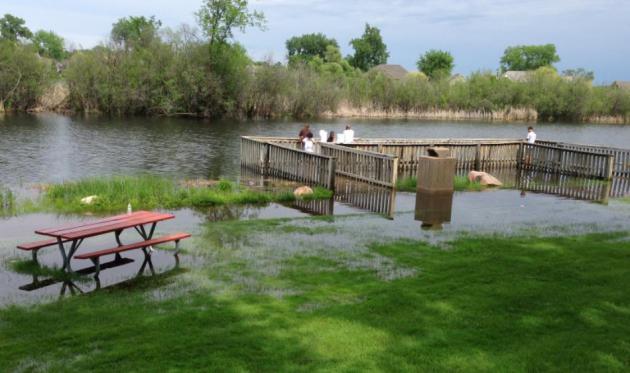
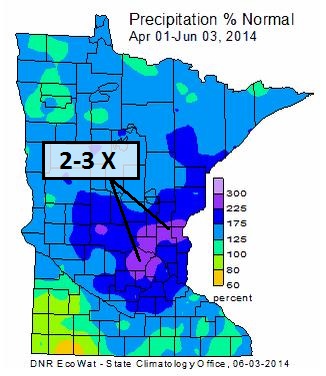
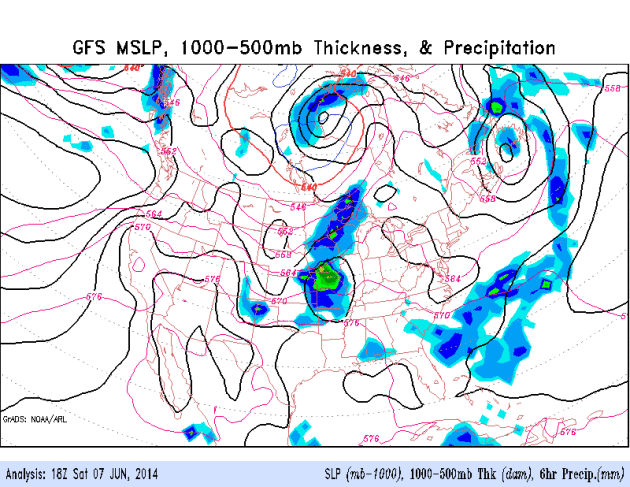


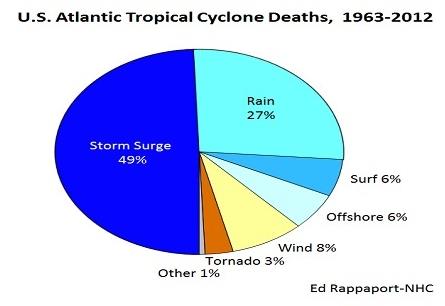
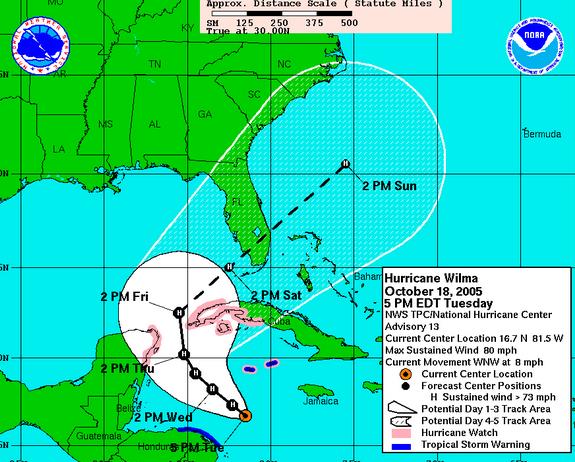
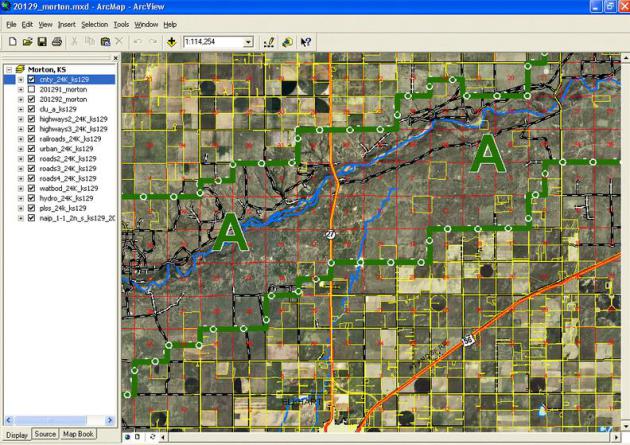



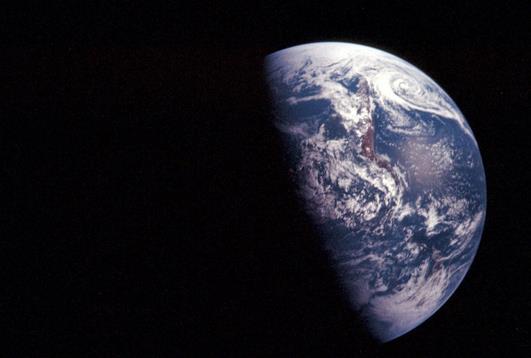
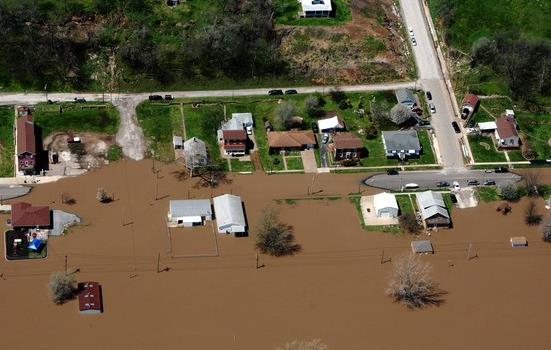

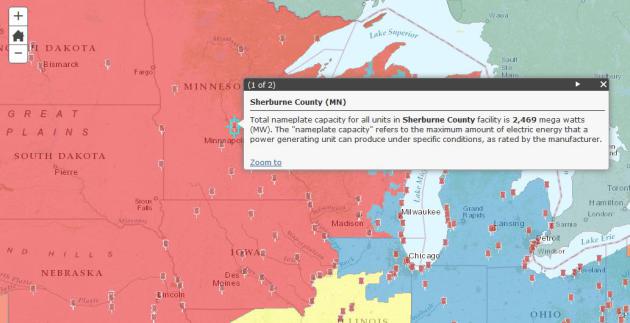
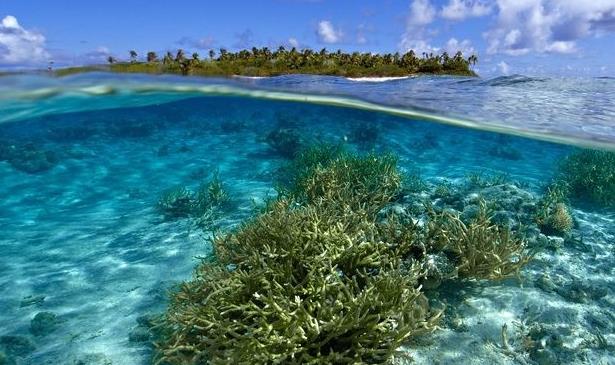


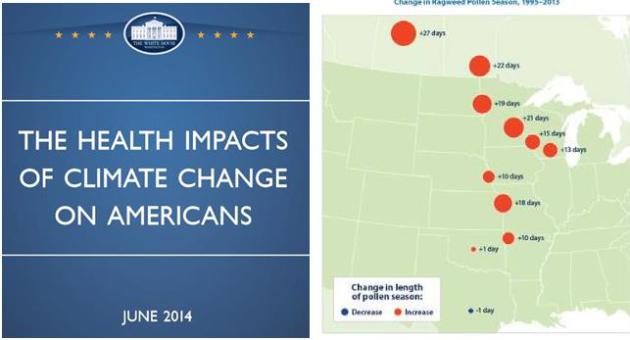

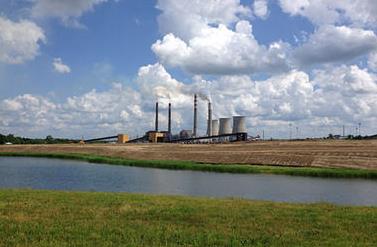
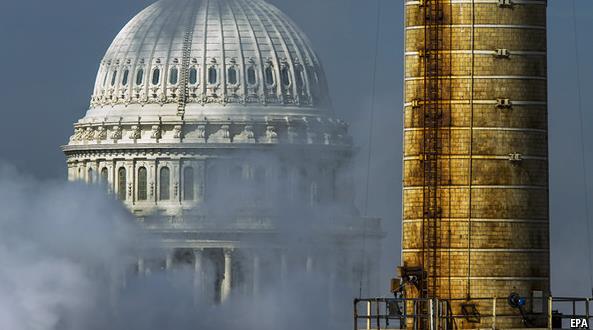
No comments:
Post a Comment